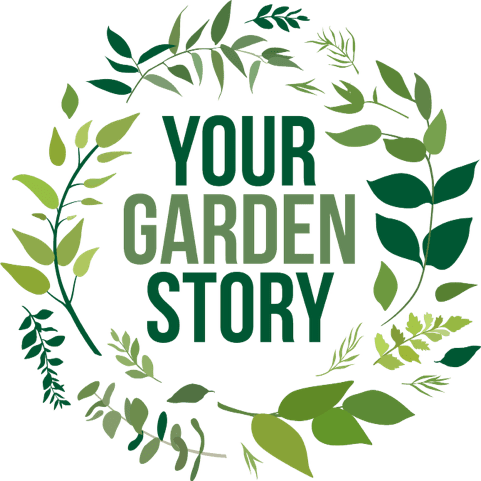Women have inspired my love of gardening from a young age, and I think I take it for granted that they have always been front and center regarding gardens. However, whilst women are now familiar in the world of garden design, they haven’t always received the recognition they deserve. For a long time, on both sides of the Atlantic, there was little or no role to play for women’s commercial landscape design. In the US, it took until after World War II for women to be accepted in the planning and design of public projects. Over 16,000 landscape architects are currently employed in the United States, of which only 24.5% are women.
There is limited early history to draw on in the UK, but there are references to “weeding women”: lower-class women hired to weed the gardens ofchange althy. Things didn’t change until the fight for women’s rights progressed in the late 1800s. The push against societal norms meant women started to get a chance to be involved in professional spaces like landscape design, including public and private gardens. However, it mainly came to those who could afford it. In the UK, it wasn’t until 1878 that a woman, Fanny Wilkinson, persuaded Crystal Palace School of Landscape Gardening and Practical Horticulture to admit her. By the end of the century, Swanley Horticultural College became the first to accept women as standard and in 1898, the first women-only gardening college was founded. At the same time key women in the UK, including Gertrude Jekyll, began to create an impact on landscape design, heavily influenced by the Arts & Crafts movement.
In the first half of the 20th Century, the position of women changed with men away at war and slowly women began to take leadership roles. Vita Sackville-West opened Sissinghurst, a stunning garden in the UK, that became hugely influential. Women like Beth Chatto pioneered the “right place, right plant” approach to design, and she went on to win ten consecutive golds at the RHS Chelsea Flower Show.
In recognition of Women’s History Month, we take a closer look at women who have shaped landscape and garden design. I loved studying landscape design history at NYBG and all of these names from history have informed my approach to garden design. I also reflect here on female designers who are leading the way now and been part of my landscape professional development. In full disclosure, my list is a little UK-centric and there are many more that could have been added. If you enjoy the overview, I encourage you to take time and explore more about these amazing women.
Beatrix Farrand 1872-1959
Beatrix Farrand was a landscape architect born in New York. Born into five generations of plant lovers, she quickly developed an interest in gardening as a child. The family had a home at Bar Harbor in Maine, and over many summers, she experimented with plants for the family garden at Reef Point. She also studied under Charles Sprague Sargent of the Bussey Institute of Harvard. On his advice, she travelled around Europe, visiting many landscapes. Having studied drafting and rendering and with the notes she had from her travels, she was ready to begin her professional practice as a landscape architect. She became a prominent member of the second generation of American landscape architects. Her career included commissions to design 110 gardens for private residences, estates and country homes, public parks, botanic gardens, college campuses, and the White House. This work includes the garden rooms at Dumbarton Oaks and what has now become the Rose Garden at the White House. Her designs incorporated elements of the collegiate gothic style and emphasized the use of native plants. She was also responsible for the original design of the Rose Garden at the New York Botanical Gardens, which was only completed decades later following material shortages during World War I. It’s a beautiful sunken garden showcasing a diverse range of roses NYGB Rose Garden.
Lady Bird Johnson 1912-2007
Claudia Alta “Lady Bird” Johnson was the First Lady of the United States from 1963 to 1969, wife of President Lyndon B. Johnson.
Lady Bird Johnson worked as a conservationist with more than 200 laws related to the environment passed during the Johnson Administration, including many additions to the National Park system. A big part of her legacy today is the Lady Bird Johnson Wildflower Center for native plant conservation, which was created in 1982. It’s an amazing resource aimed at preserving native wildflowers and natural landscapes Wildflower. The website is a really helpful resource for researching native plants that work in your location.
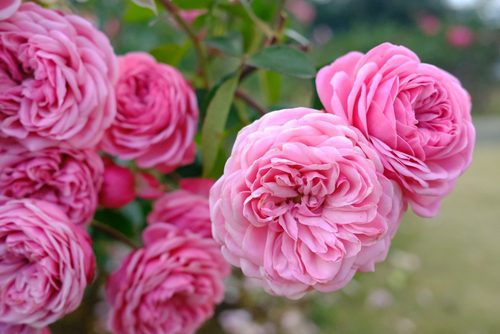
Gertrude Jekyll 1843-1932
Gertrude Jekyll was the first woman to be a professional practitioner. Her friendship with the architect Edin Lutyens inspired her passion for garden design. Jekyll read works by Ruskin and developed a love for handicrafts and artisan work. In 1861, William Morris started his crafts company, and at a time when higher education was opening to women, Jekyll enrolled in art school. She learnt drawing and color theory. Morris and Ruskin influenced her love of painting and craft, and she was commissioned to make jewelry and embroidery. Later in her life, she went to live at Munstead House in the Surrey countryside, where she pursued arts and crafts. She purchased an adjacent plot of land and began developing a garden. As she lost her sight, she developed a fantastic ability to build garden themes in terms of shapes, textures and colors. She saw her garden as a series of seasonal scenes appearing like pictures in an exhibition. During a period of industrialization in Britain, she worked to save building and craft traditions and incorporate techniques of brick, stone and ironwork in her garden designs. She developed a reputation as a photographer and writer and was an early contributor to Country Life.
In 2023, The National Trust purchased Munstead House, now open to the public Munstead Wood. Last year, as part of the new plant layout in our garden in Suffolk, we planted Gertrude Jekyll, the rose named in her honor. It’s an early flowering rose and opens to these unique bright pink double blooms with a beautiful fragrance. Just stunning.
Beth Chatto 1923 – 2018
Beth was born into a family of enthusiastic gardeners and married Andrew, who was also interested in plants and their influence on the development of gardens. In 1960, they built a house on an old fruit farm with many challenges in starting a garden, primarily a lack of water. Beth created a garden that could thrive in these conditions by acquiring an extensive collection of unusual plants. She was also part of the Flower Club movement in the UK, which resulted in an increased demand for plants from members and hence The Beth Chatto Plant Nursery was created. Her passion for unusual plants continued, and she won 10 consecutive Gold Medals at RHS Chelsea. She published her first book in 1978 and continued to write throughout her career. Her beautiful garden in Essex, England, is open to the public and showcases her approach to “right plant, right place”. Her famous gravel garden was once a car park and was used by Beth to test out drought-tolerant plants.
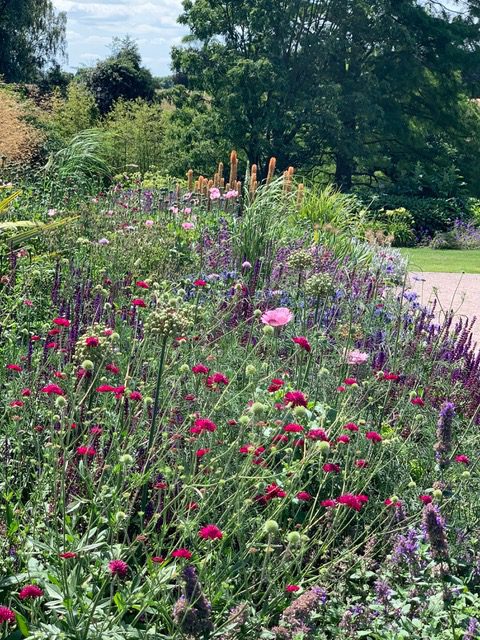
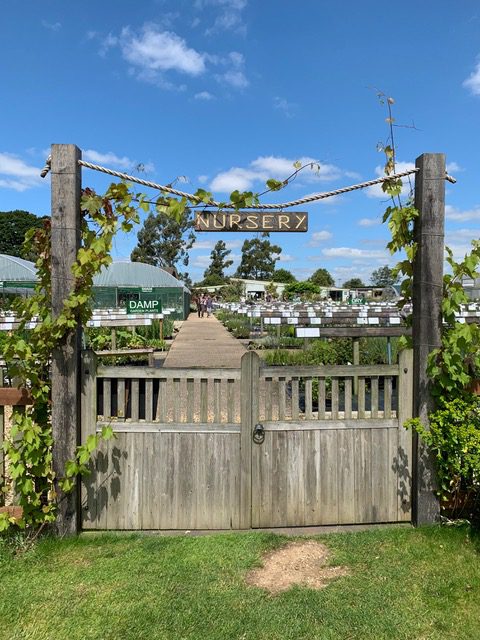
Amazingly it is never watered even though it is in one of the driest parts of the UK. The nursery at Beth Chatto’s Gardens is extraordinary and has become one of the best plantsman nurseries in the UK. I have purchased many plants in my garden in Suffolk there, and the quality and range are exceptional. I highly recommend visiting the gardens, having afternoon tea, and looking at the nursery Beth Chatto Gardens.
Jinny Blom
Jinny is a British landscape and garden designer. What I love about her approach to design is her skill with plant design and her passion for designing gardens that reflect the history of the site and the surrounding landscape. I was lucky to hear her speak at the New York Botanical Gardens. She is witty, quirky, and an clearly an expert in her field, but her design principles can be applied to any garden. She rolls her sleeves up when a project gets to planting stage and engages with her clients. “I like people,” she says. “I want them to feel like their garden belongs to them. I get a great deal of pleasure from giving them that.”
She graduated in drama and theatre design and then trained as a psychotherapist before switching to garden design. She initially worked with and learnt from Dan Pearson, another UK landscape designer. She won a gold medal at the Chelsea Flower Show in 2007. She draws inspiration from English gardens like Hidcote and Sissinghurst, particularly structural elements of those gardens like walls and fences. Blom has been nominated three times for Woman of the Year for her contribution to society and is on the Board at the Therapeutic Landscapes Network in the U.S. I highly recommend her book, The Thoughtful Gardener: An Intelligent Approach to Garden Design. It’s beautifully illustrated with inspiring ideas for any garden, however big or small. It helped to inform our garden design in Suffolk, specifically the hardscape materials and planting plan.
Arit Anderson
Appearing as regular host on Gardeners World, Arit began her career in fashion. Working for 25 years in a fast-paced industry she found balance also working as a therapist teaching holistic practice. She took her creative talent and interest in the healing properties of nature to make the move into horticulture. She studied at Capel Manor, London’s environmental college. Her appreciation of simple designs, that are enviornmentally sensitive, contribute to the impact gardening can have on an ever-changing climate.
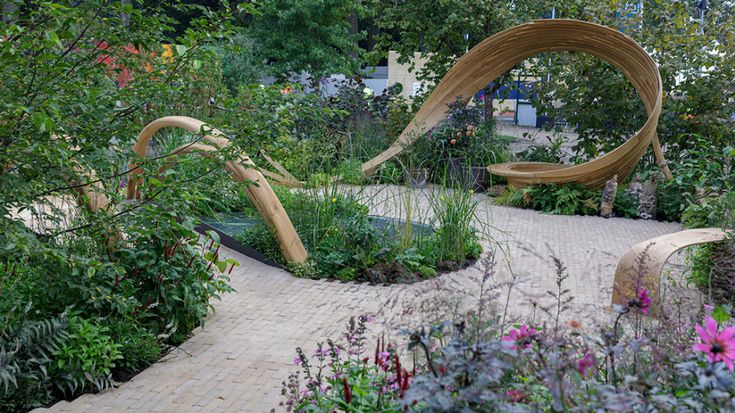
Sarah Eberle
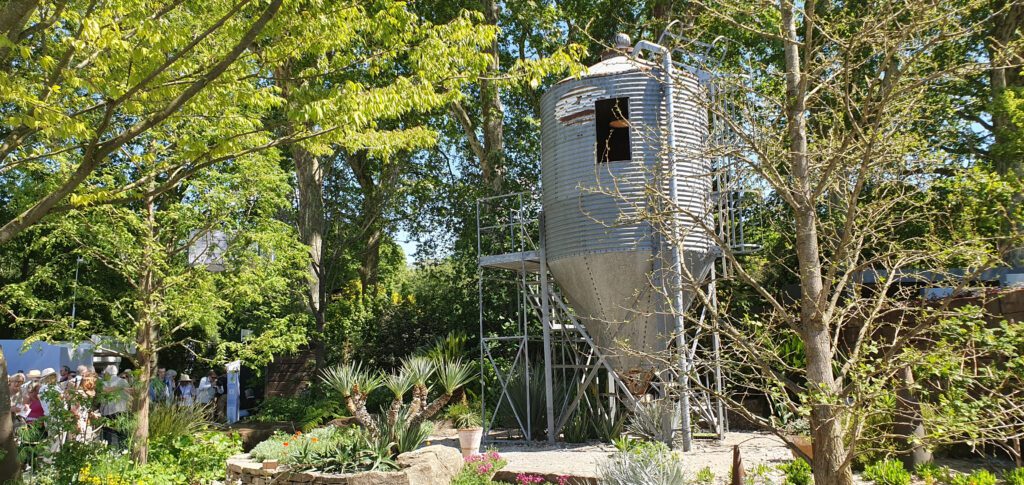
Sarah has won over 19 Gold Medals at RHS Chelsea, more than any other designer. Sarah is one of the UK’s leading designers and her love of plants is what leads her designs. She is also interested in the value of plants on our mental health and is passionate about nature and wellbeing.
Get in touch
Get in touch if you want more information on items included on my website or need help sourcing plants or containers. Your Garden Story is here to help bring out the gardener in all of us.
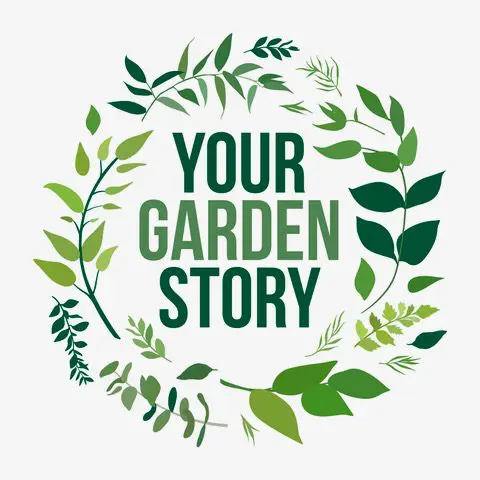
Sources
- Landscape Design, A Cultural and Architectural History, Elizabeth Barlow Rogers
- Beatrix Farrand Society
- Remembering the Genius, Flower Magazine
- The Thoughtful Gardener, Jinny Blom
- A Year in the Life of Beth Chatto’s Gardens, Beth Chatto & Fergus Garrett
- * Zippia, The Career Expert
